What is NIS?
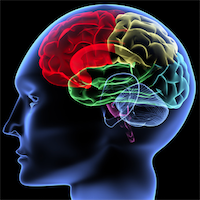
The Neurological Integration System (NIS) was developed in 1988 by the New Zealand doctor and osteopath Dr. Allan K. Phillips D.O. He began to search for the processes in the body which are behind an illness and began to identify and resolve the cause of the symptoms. He intensively worked together with international medical experts from various science fields and researched empirically for many years to develop NIS as a profound practical therapy.
A healthy stress-free life strongly depends on the ability of smoothly adapt to the environment. NIS can improve this ability to adapt by using a detailed diagnosis and selective therapy, as the brain has the key to your health.
How does NIS work?
The brain is the center of regulation in our body. Here all incoming signals are received, analyzed and passed on. The signals come from our sensory and internal organs as well as tissues, and are transported neurologically to the brain by the nervous system. After the brain has processed the incoming information it sends outgoing signals to the muscles, organs etc. acting accordingly. For example your brain realizes that you are thirsty and therefore makes you reach for the glass of water on the dining table, in order to satisfy this need. There can be various signal distractions which can lead to the unwanted situation where the brain does not receive all signals properly or sends unclear signals to the organs. This situation can interfere with the function of the organs and reduce the ability to adapt to the environment. This can be felt primarily as fatigue. If the interfering process goes on for a period of time, symptoms or even (severe) illnesses can occur. The cause of signal distractions can be of a immunological, neurological, emotional or physical nature. Generally a combination of different signal distractions leads to the symptoms.

immunological - viruses and bacteria can cause various symptoms e.g. an infection of the respiratory tract.
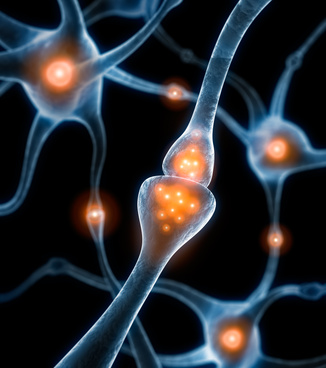
neurological - signals are not received properly by the brain or signal processing within the brain is impaired.
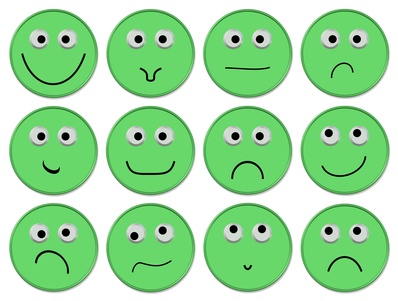
emotional - emotions influence our body and vice versa.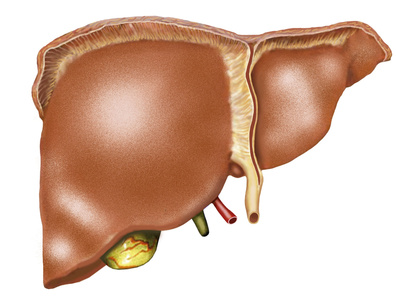
physical - organs can be overpowered or not function properly.
How does the NIS treatment work?
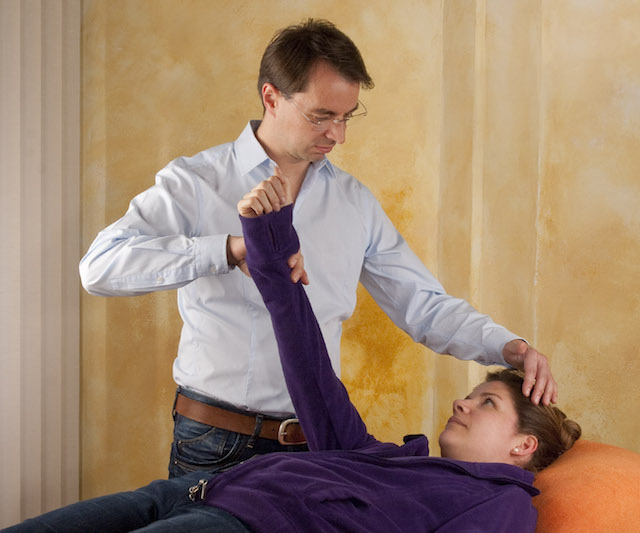
In order to identify signal distractions a proven muscle reflex test is used. This is normally done by using the outstretched arm of the patient who is lying down. For babies, small children or patients with shoulder problems, an alternative testing method is used. Now the therapist touches reference points on the patient´s body and tests the muscle reflexes by pressing againt the patient´s arm to feel the restistance. If the arm is strong, the signals of the tested process work well. If the arm is weak, there is a signal distraction or disconnect. In order to enable the brain to focus and repair the signal distraction the therapist softly taps the back of the patient´s head (integration). Afterwards the arm test is repeated to check if the signal now flows properly and completely. Step by step all signals are tested and integrated if needed. If relevant signal distractions are identified, the connected symptoms can improve during the NIS therapy. Generally in order to assess the individual effect of the NIS therapy only a few appointments are necessary.
Can you combine NIS with other therapies?
NIS is a purely manual method to diagnose and treat. Therefore there is no need for any technical equipment or additional medication. If it is medically indicated, one can combine NIS with other therapies such as Neurointegrative Coaching (NIC), Mycotherapy, Dorn Therapy, Medical Hypnotherapy, acupuncture or homeopathic/herbal preparations.
Who can be treated with NIS?
The NIS treatment is an empiric method and according to experience is done with no stress or harmful side effects. Therefore adults of all ages, babies, small children as well as pregnant women, people with disabilities and patients with severe illnesses can be treated.
NIS is especially helpful if conventional medicine cannot find any cause of symptoms, e.g. back pain, or if conventional medicine treatments are to be avoided or do not help (any more). NIS can also accompany patients taking medicine or being conventionally treated for severe illnesses.
Which symptoms can be treated using NIS?
- Back pain
e.g. neck or lower back pain, slipped intervertrebral disk, lumbago, sciatic or sacrum disorders, limited mobility of cervical spine - Joint pain
e.g. shoulder, elbow, hip, knee, foot - Gastrointestinal disorders
e.g. gas, pyrosis (heartburn), reflux, irregular bowel movements, constipation, Morbus Crohn (chronic inflammation of intestinal mucosa), Colitis ulcerosa (chronic inflammation of colon mucosa) - Skin disorders
e.g. neurodermatitis, urticaria (hives), acne, eczema, paraesthesia - Allergies and intolerances
e.g. hay fever, fructose, gluten, lactose, other food, dust mites and cat hair allergy - Fatigue, exhaustion, insomnia, stress
- Neurological disorders
e.g. Morbus Parkinson´s disease, stroke, restless legs syndrome, multiple sclerosis, polyneuropathy, facial palsy - Hormone and immune system disorders
e.g. hyper- and hypofunction of thyroid, during menstrual cycle and pregnancy, susceptibility to infection, autoimmune disease, diabetes mellitus, lack of testosterone - Headache, migraine
- Tinnitus
- Attention deficit (hyperactivity) disorder (ADD/ADHD)
- Learning and concentration difficulties
- Vertigo
- Post-operative
e.g. to support wound healing - Accompanying use of medicine
e.g. to reduce side effects - Accompanying detoxification
e.g. from heavy metals such as mercury and arsenic
Note: The methods of diagnosis and therapies mentioned on this page belong to the empiric naturopathic medicine which is not recognized by the conventional medicine. All statements regarding e.g. aspects, impacts or possible applications are based on the experience and knowledge of the method itself.
